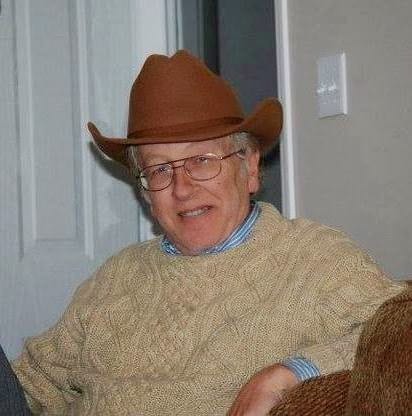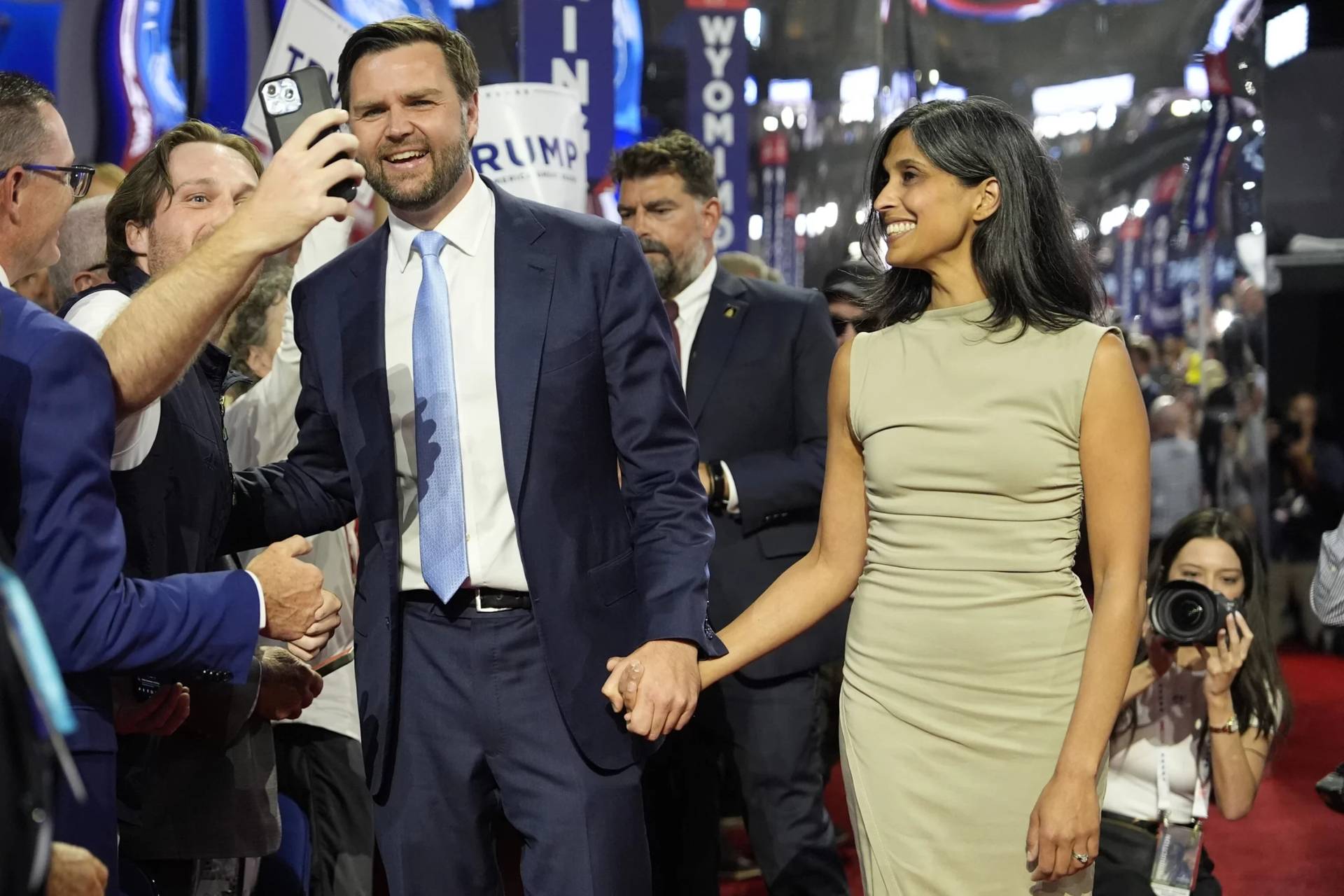Rudolph Otto famously described the religious sentiment as the mysterium tremendum et fascinans, “the tremendous and fascinating mystery,” but to be honest, that’s probably not how most Catholics experience it.
For many Catholics, the faith may be primarily about community and worship, or about a set of doctrinal convictions, or an ethical code, even a springboard for efforts to change the world. Catholics, however, generally don’t go looking for experiences of the tremendous, seeking signs, wonders and miracles under every rock.
Except, of course, those who do.
In reality, Catholicism is a vast mosaic of styles of religious faith and practice. Some pieces of that mosaic get more attention than others, generally because they engage in political fights, hold press conferences, send out tweets or put up posters in Rome complaining about the pope.
Others, however, exist in a sort of subculture, flying below the radar but being no less consequential. Such, for instance, is the world of private revelations, usually with an apocalyptic twist, that often exists in a state of chronic tension with ecclesiastical officialdom.
We got a reminder this week from the Archdiocese of Denver, Colorado, which issued a statement debunking the alleged revelations associated with a visionary with the everyman-sounding name of Charlie Johnston.
The archdiocese said a theological commission had examined Johnston’s purported revelations and issued a warning to be “prudent and cautious.” Moreover, the statement said, Johnston is not allowed to speak in official venues in the archdiocese.

“The events of 2016/2017 have shown that Mr. Johnston’s alleged visions were not accurate, and the archdiocese urges the faithful not to condone or support further attempts to reinterpret them as valid,” the statement said.
The reference is to the fact that Johnston had predicted that Barack Obama would not finish his second term, which in fact did happen and was followed by the usual peaceful transfer of power. (That, of course, is the danger with the predictions game … sooner or later, they come back to haunt you.)
The person who posted a blog about Johnston’s revelations that triggered the statement, a woman named Beckie Hesse, quickly apologized, saying by “approved” she was referring not directly to Johnston but to Our Lady of Fatima.
Here’s the back story.
Johnston is in his early 60s, and was born a fundamentalist Protestant. In 1991, he was received into the Catholic Church. He claims to have been receiving visits from Jesus, Mary, the Archangel Gabriel, and other heavenly figures since early childhood, and says he’s guided in his prophetic mission by three Catholic priests.
The Archangel Gabriel is his primary muse, and most of his revelations are based on things he claims were revealed to him by Gabriel.
The essence of Johnston’s message is that a period of global tumult began in May 2009 that he calls “the Great Storm”: Governments will fall, economies will collapse, and technological systems will dissolve.
A great global civil war will ensue, beginning in North Korea and driven by China. Russia will eventually unite with the United States (interesting to contemplate what Johnston must make of the Trump-Putin relationship) and help us endure until a “Great Rescue” through the Immaculate Heart of Mary.
The conflict will begin, Johnston believes, with an Islamic jihad, but the real showdown will be with China.
Originally, Johnston prophesied that the Great Rescue would come in late 2017, followed by the unification of the faithful into one flock under one shepherd and the building of a Shrine of Thanksgiving on Mount Meeker in Colorado, where Johnston concluded a cross-country pilgrimage in 2012.
All of this may strike many as preposterous, or silly, or any number of other things. What one would be ill-advised to do, however, is to dismiss it as marginal or meaningless.
Private revelation has long had a powerful appeal in Catholicism, with the reputed Marian apparitions at Medjugorje being the most obvious current example. Even the sort of gentle mockery we recently heard from Pope Francis, who said Mary isn’t “the head of a post office that every day sends a different letter,” doesn’t stop tens of thousands of pilgrims from visiting every year.
(Actually, Francis’s own inclinations are a bit of a mystery, since he’ll poke fun at Medjugorje in one breath but in another profess his fascination with the apocalyptic novel Lord of the World by Robert Hugh Benson.)
There’s a set of approved private revelations, such as those associated with St. Teresa of Avila, but beyond that there’s a vast galaxy of speculation and ferment that’s in a kind of ecclesiastical limbo, neither condemned nor condoned.
For instance, there’s a popular conviction making the rounds that the devil gave the world 100 years to lose itself in perdition, but the deadline is up this year because it’s the 100th anniversary of the Fatima revelations.
End-time speculation, however, is only one example of a movement that the learned classes in the Church tend to ignore, because it doesn’t fit their tastes or worldviews – charismatic spirituality, premised on the gifts of the Holy Spirit, is another, as is the vast interest in exorcism and demonic combat.
Generally, these subcultures come into view only when a long-festering problem erupts – the celebrated case of Archbishop Emmanuel Milingo, the onetime faith healer and exorcist dubbed the “Zambezi zinger,” who eventually left the Church, is a classic case in point.
What experience would seem to show is that neglecting these movements hardly makes them go away.
Instead, the challenge would seem to be the slow, patient work of engaging these subcultures and their leaders, pruning excesses but also encouraging where possible, to ensure that people don’t go elsewhere, often with far less quality control, to feed their spiritual interests. That way, if officialdom does have to intervene at some point, as Denver did this week, it won’t feel like it’s coming from the outside.
By the way, we journalists need to shoulder some share of responsibility too. We often purport to cover the Catholic Church, but in reality we’re covering only those expressions of it that happen to interest us or resonate with our own experience.
Taking these movements seriously can be a bit of a stretch, but to invoke the famous phrase from James Joyce, this is the Catholic Church, so get used to it: “Here comes everybody!”















